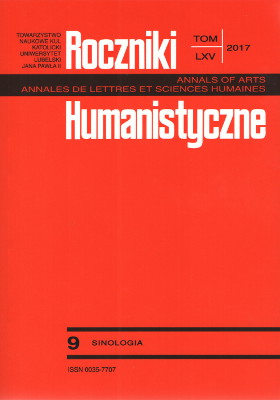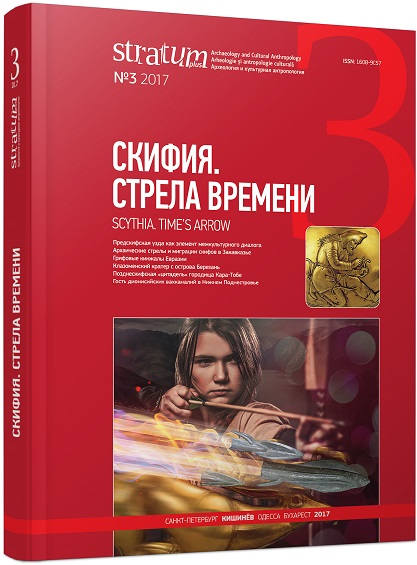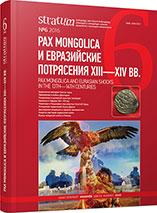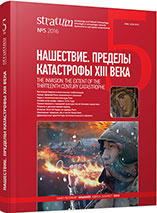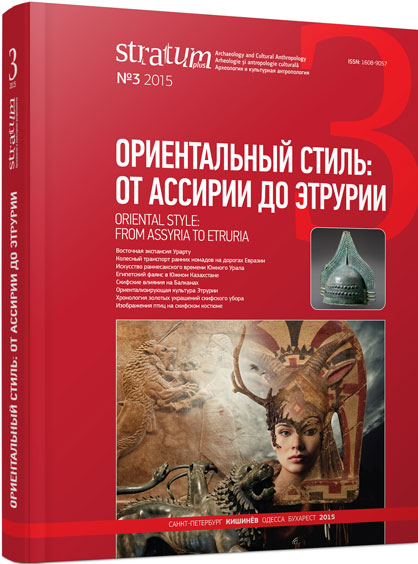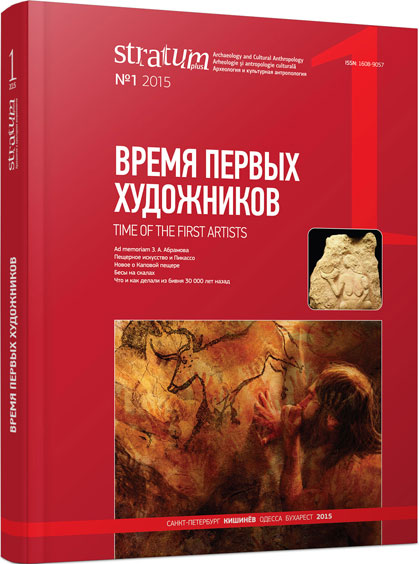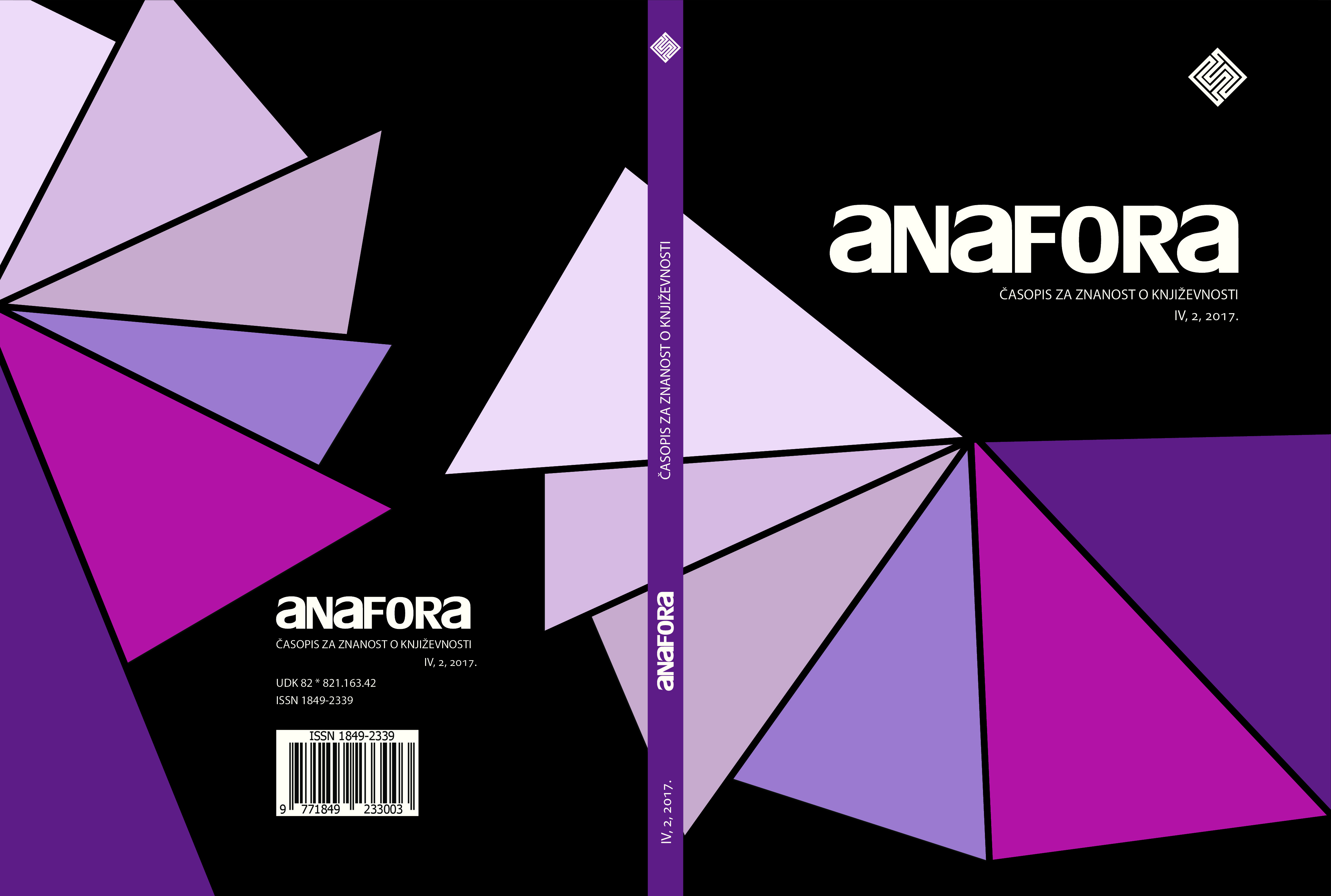НАРОДНЕ ПІСЕННЕ ВИКОНАВСТВО В ТЕРМІНОЛОГІЇ ВІТЧИЗНЯНОЇ ЕТНОМУЗИКОЛОГІЇ
Folk Song Performance it is an essential component of modern cultural space of Ukraine. Saving old traditions, it demonstrates the ability to get closer to the academic and pop cultures in a variety of solo and ensemble interpretations. This necessitates understanding and relevance of concepts such as "national professionalism", "traditional musical professionalism", "singing style", "style of singing," "singing technique." The relevance of this article due to the fact that for the modern Ukrainian Ethnomusicology the analysis of panorama of these concepts marked by nuances of understanding of individual research is not a priority. The purpose of this article – Analysis panorama of concepts related to the nature and specificity of folk song performance. At the beginning of XX century the founder of the study of national songs and the folk song performance K. Kvitka had appealed to the concepts of "method of vocal technique" and "rural style of singing." Outstanding scientist by these concepts had characterized the larynx structure, a vocal register usage, sound character and his attacks, and also configuring voice resonator specific for the performance of the national song. In today's edition of works of the scientist the editors have used "kind of folk song" (interpreted regionally) and "folk singing style" features that characterize the chest resonance with forced sound delivery. Need for their research the modern scientists associate with needs in mastering the different manners of folk song performance to improve amateur and professional folk groups activity. Modern culture demonstrates the multiplicity of ways of transmission of folk songs, the loss of significance of oral transmission mechanisms of the song heritage which are inherent the authentic culture and professionalization of the national performance. This leads to substantial change in emphasis in understanding its status. In the 1970s L. Christiansen process of mastering a singer of folk songs is associated with life and long traditions. In the 1980s E. Alekseev in the activities of folk choirs, ensembles of folk song and dance sees only the external signs of folk activities separates different functioning of folklore, including the activities of folk-professional musicians. The need for professional training of a folk singer, a division of the theoretical and practical aspects of this process has reflected on the conceptual level in modern ethnomusicology in accentuation of the professional start in the performance of folk songs.So, I. Matsiyevsky uses the term "traditional professional performance", which on the basis of historical perspective and systematic approach characterizes a specific system. Its existence is ensured by both the preservation of ideality of sound (conservative-protective mechanism), and his improvisational update. Center of the system is a carrier of traditions, which is released from the culture medium by the talent, knowledge of repertoire, audience tastes and suggestive abilities. On this basis, the scientist claims the thesis of the psychological distinction of the performer and the audience. Earlier Soviet Folklore accentuated sameness of creative activities and experiences in folklore.S. Gritsa appeals to the concept of "people's professionalism" and emphasizes the need of professional reconstruction of folklore. With the 1970-1980ies the native and in generally Soviet folklore idea has been noted by pluralism in determining the specificity of the vocal aspect in the folk songs performance. In most cases, individual research interprets the concepts used as synonyms: "singing style" and "performing style" (O. Pravdyuk ), "folk singing style", "genre of vocal performance" (N. Drozhzhina ), "national execution style", "closed" and "open style of singing", "manner of performance" ( E. Efremov and V. Ponomarenko ), "singing style" (N. Boyarskaya and L. Gapon), "folk sound formation" (I. Yanik ), "performing manner" and "performance style" (S. Gritsa ), "vocal art form", "manner of vocal art", "vocal technique", " singing technique", " solo singing style" and "the type of sound"(V. Antonyuk ).E. Skoptsova appeals to the concept of "folk performing manner" and characterizes by it complex, which consists of: Ethno regional song and performance traditions, Harmony intonation features of Ukrainian folklore, language dialects, and the specificity of sound production and timbre usage of folk voices. By the concept "folk performing style" researcher covers the improvisation of performance, connection with local variations of collective performance, features of sound production and tone, unity of singing text and movement.A. Lashchenko uses as identical, the concepts of "vocal technique" and "vocal manner," describing by them a way and character of sound production as well as and phonation.The notion of "traditional vocal Performance" in the works of L. Boyar and L. Gapon also used to characterize the complex vocal techniques that have been established in certain regions. Their bases are the cultural and artistic traditions that are transmitted orally from generation to generation.The concept of "singing style" used by A. Ivanickiy also characterizes regional features of repertoire of collective and individual singing activity (subjects, rhythm-melody, forms of performance, sound formation, sounds, use of registers, genre circle), inherent in a particular social environment.Concretization of substantive content of the concepts that characterize the essence, status and specificity of performance of the folk song considering features of it modern functioning, represents itself the future prospects of research.
More...
